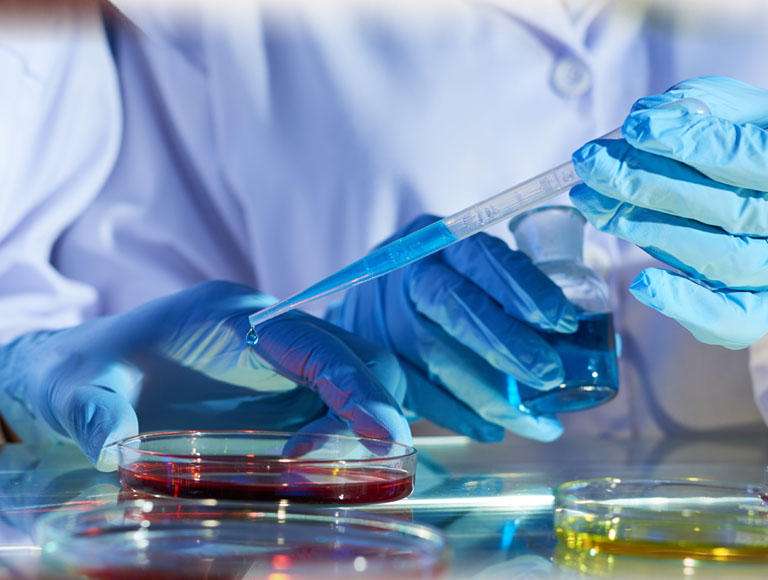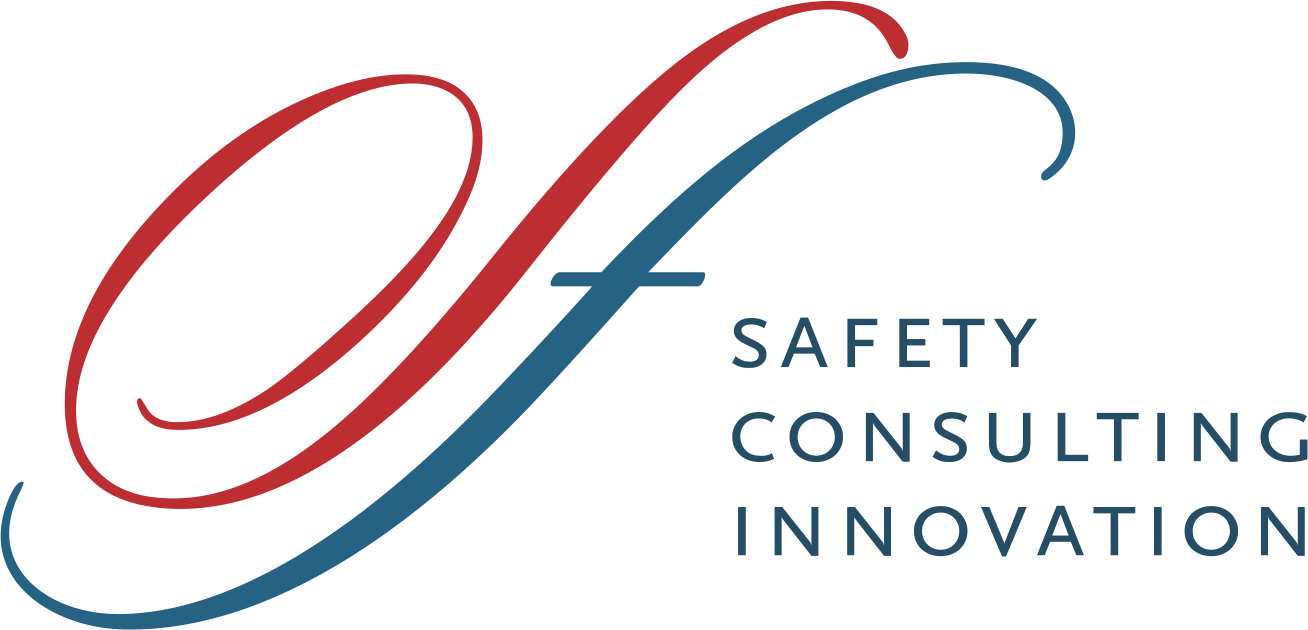|
Getting your Trinity Audio player ready...
|

A change always involves a pivotal event that builds on the past and opens the door to a new era. We can cite examples of pivotal events in science such as the discovery of penicillin, the elucidation of the DNA double helix, the development of computers. All of these events were marked by inauspicious beginnings followed by advances unheralded for years, but which ultimately resulted in a pharmacopoeia of life-saving medicines, a map of the human genome, and computers for every individual in the workplace and in their homes these days. of today.
Tests to assess toxicity are approaching this scientific pivot point. These tests are poised to take advantage of revolutions in biology and biotechnology. Advances in toxicogenomics, bioinformatics, epigenetics and computational toxicology can transform toxicological tests based on systems that use the live animal from a test based mainly on methods in vitro, which evaluate biological processes using cells, cell lines, or cellular components, preferably of human origin.
Anticipating the impacts of recent scientific advances, the US Environmental Protection Agency (EPA) asked the National Research Council (NRC) to develop a long-range vision for toxicology testing and a strategic plan to implement this vision. This NRC report on toxicity testing published in 2008 envisions a major campaign in the scientific community to push the science of toxicity testing forward and put it in a forward-looking position. To this end, the American Tox21 Committee was formed, consisting of 5 national agencies: EPA, National Toxicology Program (NTP), National Institute of Environmental Health Science (NIEHS), National Center for the Advancement of Science translational (NCATS), and food and drug administration (FDA).
Since its implementation, Tox21 has led international scientific efforts in the development and use of high-throughput screening assays and has provided public access to biological activity data for more than 8,500 chemical substances. These data built a basis on which the pivot is in identifying chemical hazards and in dose-response assessment. in vitro are now beginning to influence the fields of toxicology and risk assessment around the world.
Thomas S. Russel and collaborators (2018) published in their article what were the successes achieved in the last 10 years, the lessons learned and what will be the focus on developing methods in vitro for the coming years. Among them we can highlight:
- Development of alternative test systems that can predict toxicity in humans and dose-response;
- Address key technical testing limitations in vitro current;
- Correct and legally characterize toxicity studies in vivo;
- Establish confidence in in vitro testing systems and integrate the battery of tests;
- Refine and deploy methods in vitro for pharmacokinetic characterization and bioavailability in vitro (extrapolation in vitro for in vivo).
https://www.epa.gov/chemical-research/toxicology-testing-21st-century-tox21
